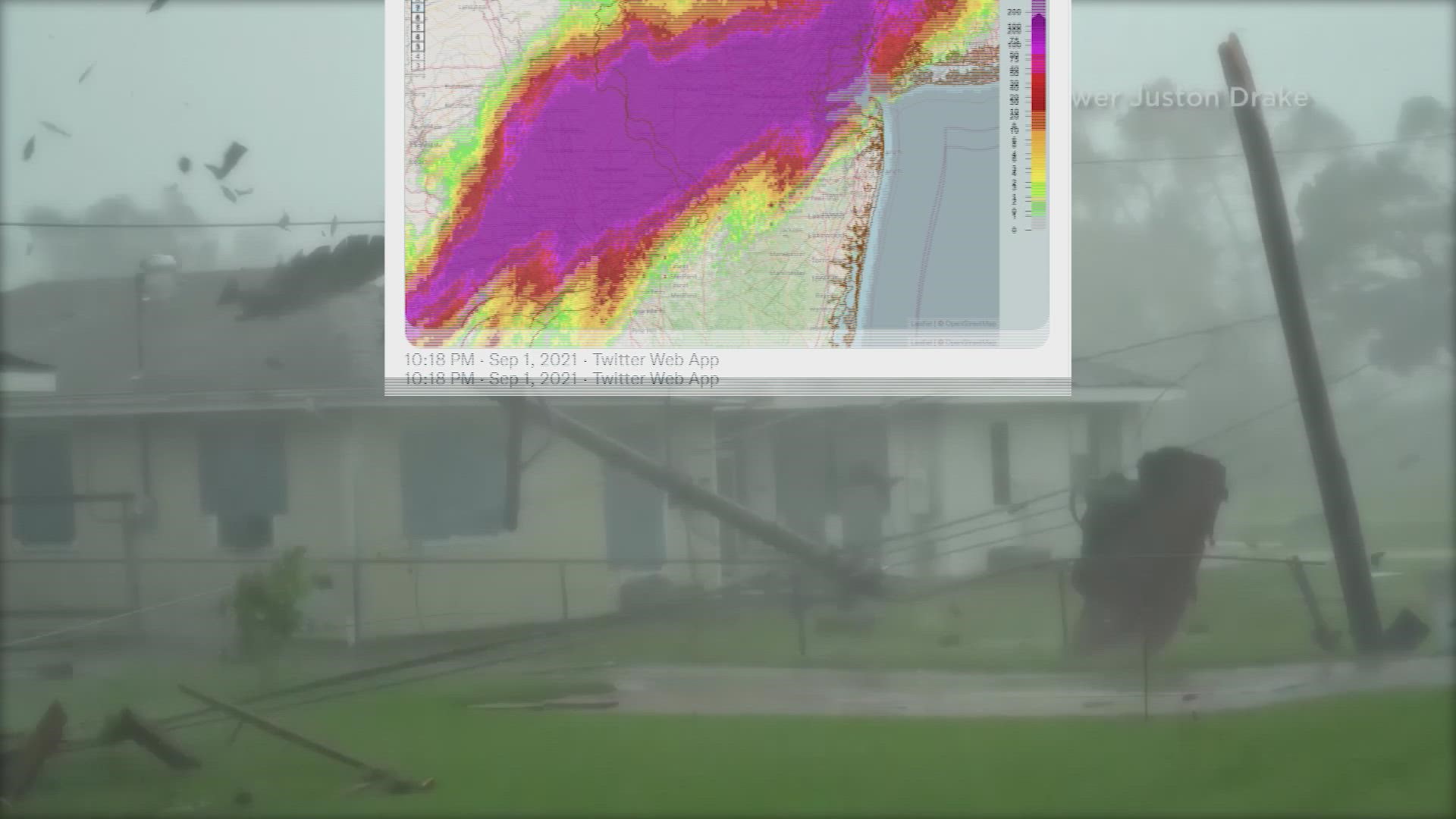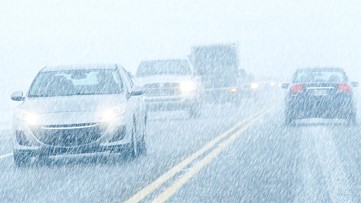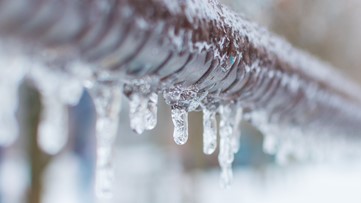As the remnants of Hurricane Ida moved over the Northeast on Sept. 1, meteorologists said the storm was creating “1-in-200-year flood event” with its record rainfalls.
But most of the people who replied on social media to “200-year flood” reports wondered if the phrase was outdated because of growing frequencies of rare weather events like those floods. People cited "1000-year" heat waves in the Pacific Northwest, abnormally intense wildfires in Australia and record rainfalls and floods from storms before Hurricane Ida among recent examples.
THE QUESTION
Are rare extreme weather events happening more frequently?
THE SOURCES
THE ANSWER
Yes, previously rare extreme weather events have occurred more frequently in the past decade than in previous decades.
WHAT WE FOUND
The NCEI at NOAA keeps track of the “Climate Extremes Index,” a measurement based on how often temperatures, precipitation, drought and hurricane landfalls are much higher or much lower than normal. While the mean average Climate Extremes Index for the contiguous U.S. since 1910 is just above 20%, the index has trended above 30% since 2012.
The NCEI also keeps track of billion-dollar weather disasters with adjustments for inflation. There were 2.9 such disasters per year in the 1980s, 12.9 disasters per year across the 2010s and 22 billion-dollar weather disasters in 2020 alone, according to the NCEI’s data.
Hurricane Ida was a prime example of the kind of rare extremes that are becoming more commonplace: intense hurricanes, heavy rains and dangerous flooding.
The IPCC's 2021 report said heavy rainfalls have increased since the 1950s in both intensity and frequency and that it's "likely" there has been a worldwide increase in major hurricanes over the last four decades. The IPCC is confident climate change increases heavy rainfall in hurricanes and believes "human-induced climate change is likely the main driver" for the global rise in heavy rainfalls."
The NCEI says there have been more billion-dollar inland, non-hurricane floods in the past decade than in the previous three decades combined. The 2014 National Climate Assessment conducted by a team of scientists for the U.S. government found significant increases in the U.S. average of heavy downpours, defined as the heaviest 1% of all daily rainfall events, in the 1990s and the 2000s.
That definition of a heavy downpour is similar to the definition of a “100-year storm” — which is based on probability, and not based on the last time a storm of the same strength happened. A 100-year rain or storm has a 1% chance of happening in any given year, NOAA says. That probability is determined using existing historical data, meaning it doesn’t account for expected increases in extreme weather caused by climate change.
The IPCC is "virtually certain that hot extremes (including heatwaves) have become more frequent and more intense across most land regions since the 1950s" and has "high confidence that human-induced climate change is the main driver of these changes."
Extremely cold weather, on the other hand, is becoming less frequent and less severe, the IPCC said.
Scientists need more research to fully understand how climate change affects tornadoes and severe thunderstorms, the National Climate Assessment says. The localized scale of these events create challenges for researching.












